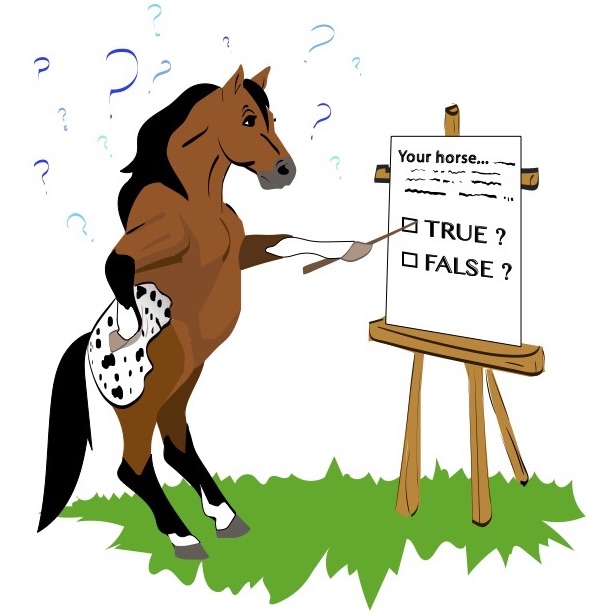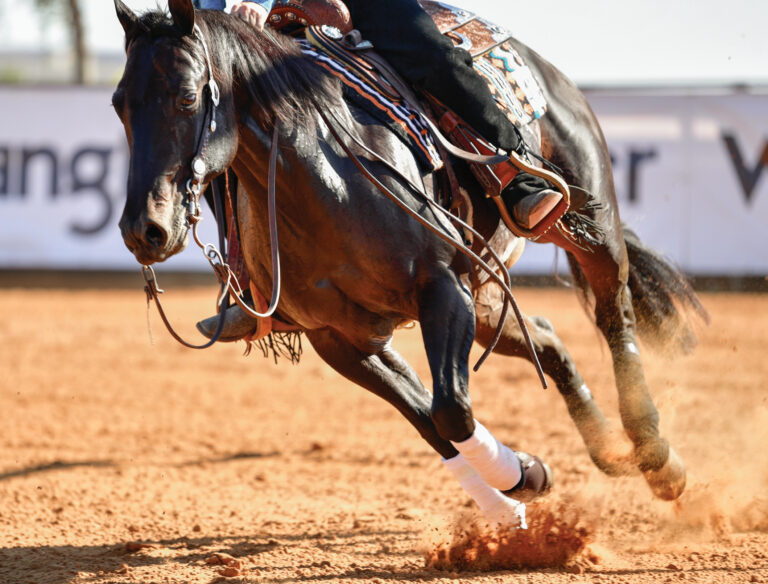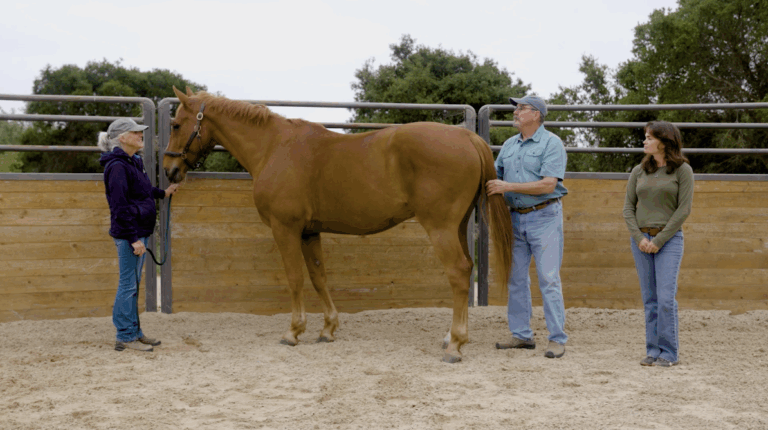
1. True or false: If your horse shows signs of colic, you should keep him moving constantly to ease the pain in his gut and prevent any rolling.
T / F
2. If your horse is showing only the mildest signs of colic discomfort…
A) it’s OK to “wait and see” for a few hours.
B) call your vet immediately for advice.
C) turn your horse out to get some mild exercise.
3. True or false: While you’re waiting for your vet to call you back, you should give your colicky horse a painkiller (such as bute or Banamine) to ease his discomfort.
T / F
4. As you wait for your vet to call you back or to arrive, you should assess your colicky horse’s vital signs unless…
A) you already know what his vital signs typically are.
B) you don’t have a digital thermometer.
C) it would be unsafe for you to attempt it.
HOW’D YOU DO? (Answers below.)
1. F is correct. Don’t walk your horse excessively. If he’s persistently trying to roll (and is safe to handle), it’s OK to walk him for 10 minutes at a time or so to provide a useful distraction from the discomfort. But constant walking for prolonged periods can exhaust an already sick horse. If he’s lying quietly, it’s fine to let him rest.
2. B is correct. Call your vet immediately if you notice symptoms such as restlessness, sweating, groaning, looking at the belly, pawing or stamping the ground, lying down and attempting to roll, or any behavior that seems clearly “off” for your horse. Delays in treatment can reduce your horse’s chances for survival or prolong his recovery—plus wind up costing you more than it otherwise would have with prompt advice and treatment.
3. F is correct. Don’t medicate without your vet’s advice. Bute or Banamine can alter the clinical signs your vet needs to pinpoint your horse’s underlying problem. Speak to your vet first and follow his or her advice.
4. C is correct. If it’s safe to do so, assess your horse’s vital signs: temperature, heart rate, respiratory rate, gum color, capillary refill time, and gut sounds so you have this information available for your vet. Pain may make him thrash about, however, and you shouldn’t put yourself at risk of injury. In the worst-case scenario, you may need to wait for your vet to arrive to deal with the pain before you handle your horse.
[GET THIS! Your handy, downloadable chart of colic symptoms.]
[LEARN MORE about colic’s critical do’s and don’ts.]
Hey! Not already receiving H&R’s fun and informative newsletter? Sign up right now for The Ride.




